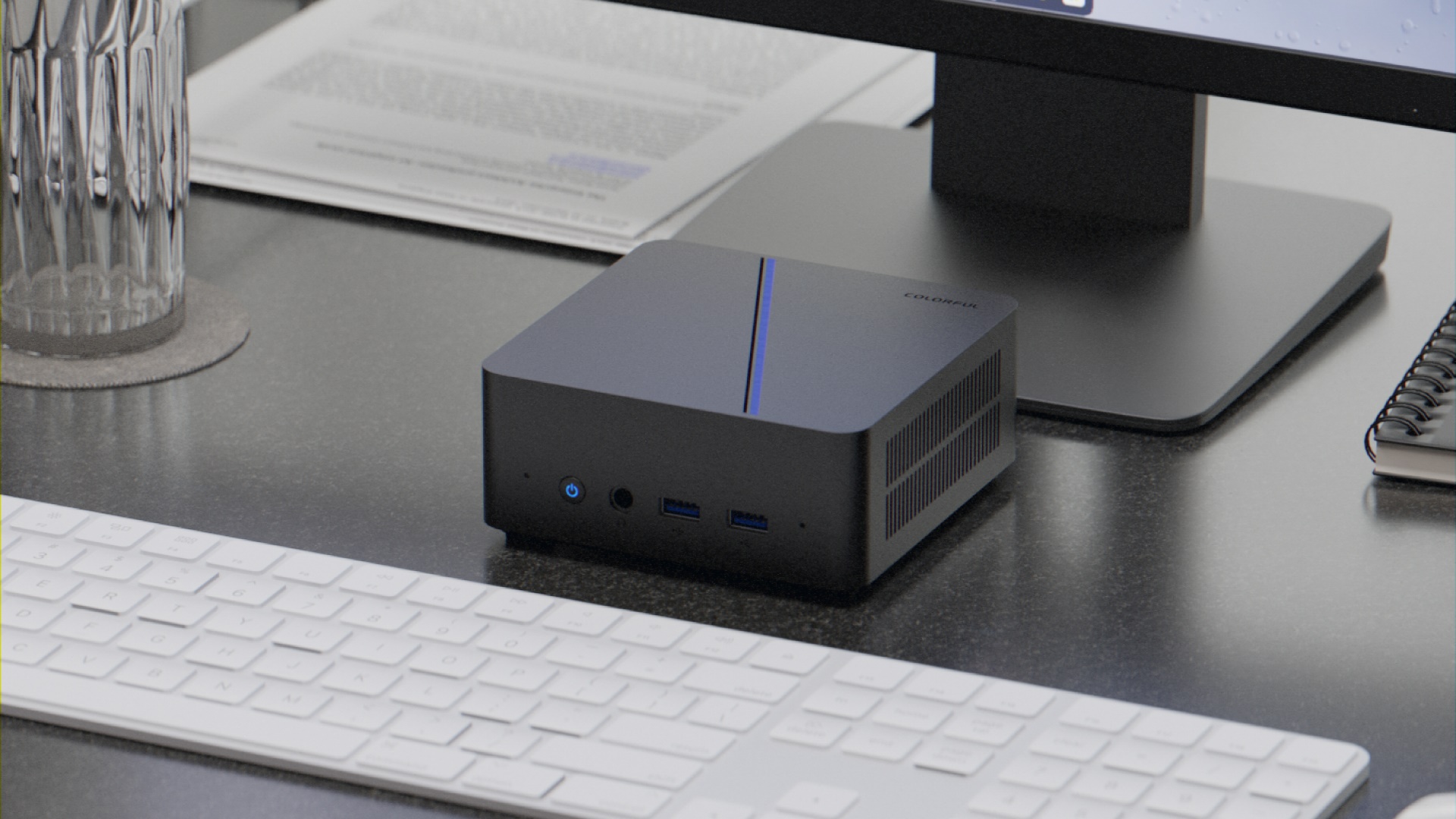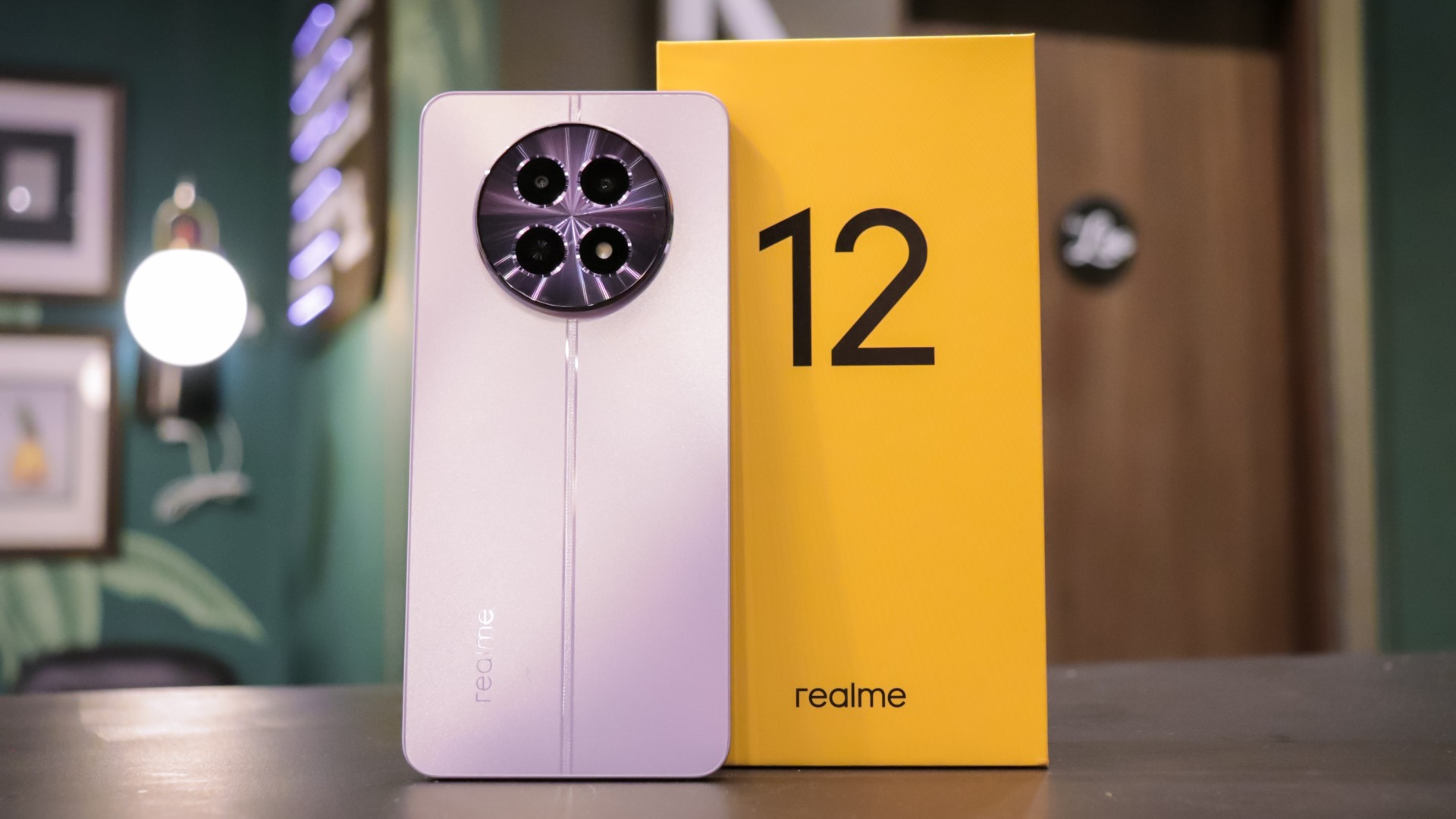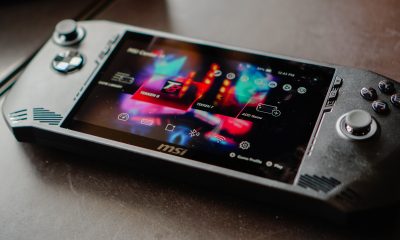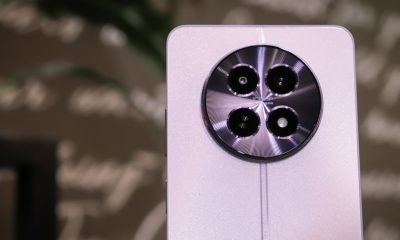News
ASUS ZenFone 4 launches with Pro, Selfie, and Max models

ASUS hasn’t shied away from teasing its next-generation ZenFone 4 lineup for the past few weeks, but all that build-up ends now. The ZenFone 4 series is finally here, bringing with it several variants for all sorts of markets.
We’re currently looking at a total of six officially named ZenFone 4 models: the midrange ZenFone 4, a high-end ZenFone 4 Pro, two selfie-centric phones in the ZenFone 4 Selfie and Selfie Pro, the ZenFone 4 Max that was quietly launched in Russia last month, and an additional ZenFone 4 Max Pro.
Those don’t include the minor variations some of these models possess. Already confused? Let’s break them down:
ASUS ZenFone 4
Despite being the torch bearer of the new lineup, the ZenFone 4 is in fact a midrange smartphone. That’s because it makes use of one of Qualcomm’s new efficiency-first processors — either the Snapdragon 660 or 630. So yes, there are two versions under its name, but the one equipped with the Snapdragon 660 will be slightly faster.
The rest of the specifications are what you’d expect from a phone of this caliber: a 5.5-inch Full HD LCD, up to 6GB of memory and 64GB of storage, and 3300mAh battery. What makes this special compared to the ZenFone 3 is its dual-camera system, wherein in the secondary 8-megapixel sensor delivers wider-angled shots compared to the primary’s 12-megapixel shooter. There’s another, single 8-megapixel camera on the front.
Pricing starts at US$ 399.
ASUS ZenFone 4 Pro
As the top-of-the-line model, the ZenFone 4 Pro has something the others don’t: Qualcomm’s best processor to date, the Snapdragon 835. That’s a big deal, because that puts this phone in line with the likes of the Sony Xperia XZ Premium, HTC U11, and OnePlus 5 — that’s seriously good company to be associated with.
Another special feature is the 16-megapixel secondary camera at the back that’s capable of 2X optical zoom. Combined with the optically stabilized 12-megapixel shooter and 8-megapixel selfie cam, we’ve got all bases covered. Sealing the deal are the 5.5-inch Full HD AMOLED, 6GB of memory, 128GB of storage, and 3600mAh battery.
As expected, it’s the costliest of the bunch. We’re looking at a price tag of US$ 599.
ASUS ZenFone 4 Selfie
ASUS has finally brought its Selfie series back after total absence from the ZenFone 3 line. Like the aforementioned models, the 5.5-inch ZenFone 4 Selfie has a pair of side-by-side cameras — except this time, they’re in front.
The main selfie shooter offers a large 20-megapixel resolution, while the secondary lens provides wide 120-degree photos to fit more people into a shot. There’s a front-facing LED flash, as well, and its 16-megapixel rear camera is on its own, but should be enough for daily grinds. A lower-end Snapdragon 430 chip powers the phone, along with 4GB of memory, 64GB of storage, and a 3000mAh battery.
You can purchase one for US$ 279.
ASUS ZenFone 4 Selfie Pro
If the ZenFone 4 Selfie isn’t enough to satisfy your vanity, you may opt for the more capable 5.5-inch Selfie Pro. It has a faster Snapdragon 625 processor and DuoPixel front-facing camera technology that combines two 12-megapixel images into a higher-resolution 24-megapixel photo. Wide-angled selfies with the second camera are also possible, and beside it is another LED flash.
Other than that, the Selfie Pro is similar to its non-Pro counterpart. You get the same 16-megapixel rear camera, 4GB of memory, 64GB storage, and 3000mAh battery. In addition, there’ll be a bright red color option available, while the ZenFone 4 Selfie will settle for more basic pink and teal choices.
It’ll retail for US$ 379.
ASUS ZenFone 4 Max and Max Pro
Finally, we have the most budget-friendly of the set, the ZenFone 4 Max. Like its super-popular predecessor, the ZenFone 3 Max, the newer model prioritizes battery life with a 5000mAh capacity. Different this time, however, is the inclusion of a dual-camera setup at the back, which is rare at this price point.
One rear camera is 13 megapixels, while the other handles 120-degree wide-angle shots. The front-facing camera is less special with a single 8-megapixel shooter, but interestingly, there’s a LED flash beside it, as well. Keeping the electronics going is a Snapdragon 430 chipset with 3GB of memory and 32GB of storage under a 5.5-inch HD 720p LCD.
Take note that there’s also a ZenFone 4 Max Pro with a slightly higher-resolution 16-megapixel rear camera. Aside from that, it’s nearly identical to the regular ZenFone 4 Max.
Pricing and availability for all handsets will be added as soon as we get them.
SEE ALSO: ASUS ZenFone AR review
[irp posts=”15440″ name=”ASUS ZenFone AR review”]


Colorful has announced its first ever Mini PC: The Colorful CMNH01-12450. This new offering gives users a solution for their daily productivity and entertainment needs, all in a compact and small PC chassis.
Space-saving computing
The Colorful Mini PC is a space saver. It is basically just five inches by five inches large, with a thickness of above two inches, conveniently fitting setups with limited spaces. It has a fast 2.5 GbE LAN port and an assortment of connectivity ports for other peripherals and devices.
It also has two USB2.0, two USB 3.2 Gen2, and one USB Type-C ports, as well as one DisplayPort and one 3.5mm audio jack. Furthermore, it supports PCIe Gen 4 SSDs, up to 64GB of DDR4 memory, and an M.2 slot for Wi-Fi modules.
Powerful, efficient
Performance wise, Colorful’s compact PC houses a 12th Gen Intel Core i5 12450H processor with eight cores and 16 threads. The PC can deliver a maximum boost clock of 4.4GHz. The chassis also has a silent turbo fan underneath for cooling. As for its GPU, the mini PC has Intel Iris Xe graphics. Moreover, it will run on Windows 11 Home.
Colorful looks to have different configurations for the product depending on the region. Pricing and availability will be announced later.

The realme 12 5G is now official in the Philippines. Months after launching the the 12+ and 12 Pro+ models under its latest number series line, realme is back with the release of the series’ base model. The realme 12 5G is priced at PhP 14,999 and is available through realme’s ecommerce platforms and offline stores.
As part of its launch, realme is offering customers exclusive deals starting April 25th:
Lazada Flagship (May 5 to 10)
- Free realme Buds T100
- Free TechLife Hair Dryer
Shopee Official Store (May 5 to 10)
- Free TechLife Power Bank 2 20,000mAh
- Free TechLife 4.5L See-Through Air Fryer
TikTok Shop (April 25, 7:30 PM to 30)
- Free realme Pocket Bluetooth Speaker
- Free TechLife Cooling Fan
James Afante TikTok Shop (April 25, 7:30 PM)
- Freebie package 1: TechLife Cooling Fan and Free TechLife 4.5L See-Through Air Fryer
- Freebie package 2: realme Buds T100 and Free TechLife 4.5L See-Through Air Fryer
- Freebie package 3: TechLife Portable Steam Iron, TechLife Electric Kettle, and TechLife Portable Electric Pot
ALSO READ: realme 12+ 5G review: One month later
For offline purchases, customers also stand a chance to win freebies worth up to PhP 24,999 with the Mystery Box promo. Furthermore, they may join the Lucky 12 Challenge for additional freebies when they purchase the realme 12 5G from any of the 100 selected concept stores, kiosks, and exclusive stores.
realme 12 5G
The realme 12 5G is just as capable as its 12+ and Pro+ counterparts. The model boasts of a 108MP 3X zoom portrait camera, taking off from the series’ Portrait Master positioning.
The phone is powered by a MediaTek Dimensity 6100+ 5G chipset, has 8GB of base RAM with 8GB RAM expansion, and a 5,000mAh battery with 45W SUPERVOOC Charge. In front is a 6.72-inch FHD+ 120Hz Sunlight Display that has a maximum brightness of 950nits. There is also an 8MP AI selfie camera.
Lastly, the handset also has a similar watch face design at the back. It is available in Twilight Purple and Woodland Green.
ALSO READ: realme 12 Pro+ 5G review: A midrange marvel
News
ZTE nubia Neo 2 5G now in the Philippines: Pricing, details
ZTE’s budget gaming phone gets an upgrade

ZTE has announced the availability of the nubia Neo 2 5G in the Philippines. The successor to the nubia Neo budget gaming smartphone, the second iteration is armed with an upgraded gaming control experience for Filipino gamers to enjoy.
The nubia Neo 2 5G retains the distinct Bionic Mecha with “Hero Eye” design from its predecessor. It is available in Storm Gray, Sunfire Yellow, and Frost Silver for PhP 9,999.
The phone is powered by a Unisoc T820 processor (6nm). It supports even more Dynamic RAM at 12GB to complement its 8GB base RAM, and also offers 5G dual-card intelligent switching. Additionally, the nubia Neo 2 5G carries an even larger 6,000mAh battery, which supports 33W fast charging.
ALSO READ: ZTE nubia Neo 5G: Decent for gaming
In front, the device sports a 6.72-inch FHD+ display with a 2,400 x 1,800 resolution and 120Hz refresh rate for seamless viewing and scrolling. At the back is a 50MP main camera.
Upgraded Game Space
The nubia Neo 2 5G features Game Space 2.0, an assistance tool that is reminiscent of a professional gaming layout. Here, users may tinker with game optimization functions, including Game Performance Enhancement. This adjusts the device’s CPU and GPU resources to help it manage power and battery usage.
The phone also supports ByPass Charging for uninterrupted gaming. Users may activate this charging feature while the charging cable is connected to the device. When under ByPass Charging, the phone gets powered up but without the battery charging so it can reduce heat.
Upgraded experience
Furthermore, one of the highlights of the nubia Neo 2 5G is its gaming shoulder triggers. This gives users more freedom and control while navigating and playing. Users may also customize the shoulder buttons based on their personal preferences.
Meanwhile, the phone’s Dual Stereo Speakers with DTS:X Ultra provide impressive sound quality. This is further enhanced with four built-in sound effects.
-

 Features2 weeks ago
Features2 weeks agoFortify your home office or business setup with these devices
-

 Reviews1 week ago
Reviews1 week agorealme 12+ 5G review: One month later
-

 Gaming2 weeks ago
Gaming2 weeks agoNew PUMA collection lets you wear PlayStation’s iconic symbols
-

 Accessories1 week ago
Accessories1 week agoMarshall Major V: Reasons Why I Love It
-

 Gaming2 weeks ago
Gaming2 weeks agoMore PlayStation 5 Pro specs have been leaked
-

 Features1 week ago
Features1 week agoWhy choose the MSI Claw?
-

 Gaming2 weeks ago
Gaming2 weeks agoUbisoft is taking away copies of The Crew from your library
-

 Gaming2 weeks ago
Gaming2 weeks agoOne Piece Odyssey coming to Nintendo Switch


































